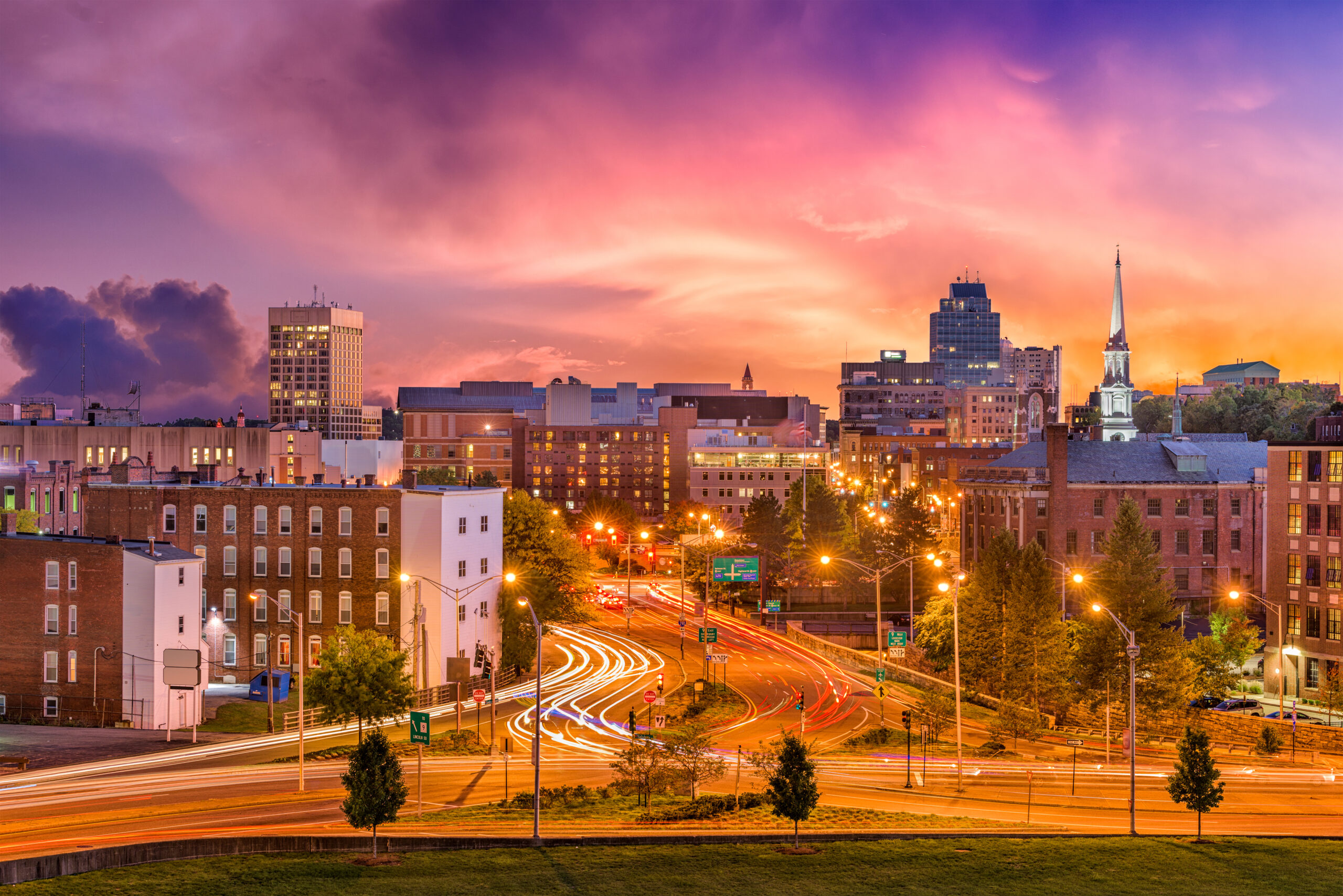About Worcester, MA, USA
 Source: Home & Money. 10 Things to Know Before Moving to Worcester, MA. Accessed May 28, 2025. https://homeandmoney.com/blog/moving-to-worcester-ma
Source: Home & Money. 10 Things to Know Before Moving to Worcester, MA. Accessed May 28, 2025. https://homeandmoney.com/blog/moving-to-worcester-ma
Worcester, Massachusetts—pronounced "WUH-stər"—is a historically rich and culturally vibrant city located in the heart of the state, earning it the nickname “Heart of the Commonwealth.” With a population of approximately 205,000 as of 2024, Worcester is the second-largest city in both Massachusetts and the broader New England region. It boasts a diverse and youthful population, enriched by vibrant Latino, African American, Southeast Asian, and Middle Eastern communities. This diversity is further shaped by the city’s role as a center of higher education, home to institutions such as the College of the Holy Cross, Clark University, Worcester Polytechnic Institute (WPI), and the University of Massachusetts Chan Medical School. These schools not only attract students from around the world but also fuel the city’s economy, which has shifted from traditional manufacturing to sectors like healthcare, biotechnology, and professional services.
Worcester’s cultural landscape is equally dynamic, featuring attractions like the Worcester Art Museum, Hanover Theatre, Mechanics Hall, and the Worcester Historical Museum. The city is known for its lively arts scene, local festivals, and an increasingly diverse culinary culture. Recent years have seen significant revitalization efforts, especially in the downtown area, with new residential developments, an expanding tech industry, and the opening of Polar Park—home to the Worcester Red Sox (WooSox), the Triple-A affiliate of the Boston Red Sox.
About Anand, Gujarat

Anand, located in central Gujarat, India, is widely known as the “Milk Capital of India,” a title earned through its central role in India’s White Revolution and the establishment of the Amul dairy cooperative. Nestled between Ahmedabad and Vadodara, the city is a regional hub with strong transport links and a population of around 300,000. It has developed significantly over the past few decades, becoming home to premier institutions such as the Institute of Rural Management Anand (IRMA), Sardar Patel University, and the National Dairy Development Board. While Anand is often cited as a model for rural upliftment and cooperative success, a deeper look reveals a striking contrast between the urban center and the numerous small villages that surround it.
The rural areas around Anand—home to villages like Karamsad, Lambhvel, Boriavi, Mogri, Sojitra, and others—house a large patient population that is often underserved by the existing healthcare infrastructure. These villages are populated by tens of thousands of people, many of whom are farmers, daily wage workers, and elderly residents who rely heavily on public health services. Despite being in proximity to Anand city, these communities often face a lack of accessible and quality medical care. Primary health centers (PHCs) are frequently understaffed, under-equipped, and unable to meet the demand. In many areas, there is limited access to qualified doctors, nurses, or emergency services, and patients must often travel several kilometers—sometimes in unreliable or unaffordable transportation—to reach a functioning hospital or clinic.
Public hospitals are overburdened, with long wait times, limited beds, and frequent shortages of essential medicines and diagnostic equipment. Preventive care and chronic disease management—such as for diabetes, hypertension, and respiratory conditions, which are increasingly common—are particularly lacking in the rural belt. Maternal and child health services, though available on paper, often fall short in practice due to poor infrastructure, lack of trained personnel, and inconsistent follow-up care. Mental health services are virtually nonexistent in many of these villages, despite growing awareness and need.
Bridging this gap is essential not only for improving health outcomes but also for ensuring that the region’s development is inclusive, sustainable, and reflective of the needs of all its people.